In pictures: India's Kumbh Mela festival ends
- Published
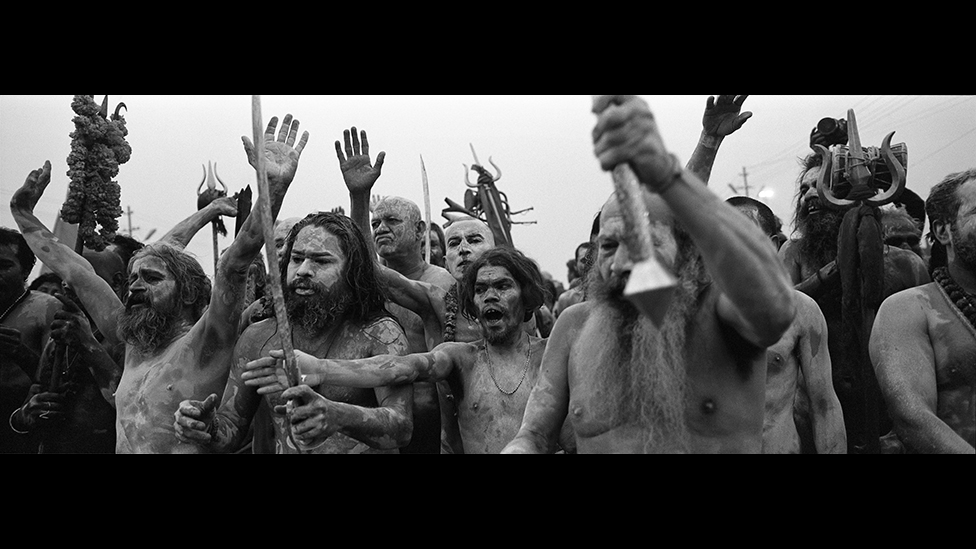
India's Kumbh Mela festival came to an end on Sunday. Leading photographer Prashant Panjiar took these images of the 55-day festival, which was billed as the world's biggest human gathering.
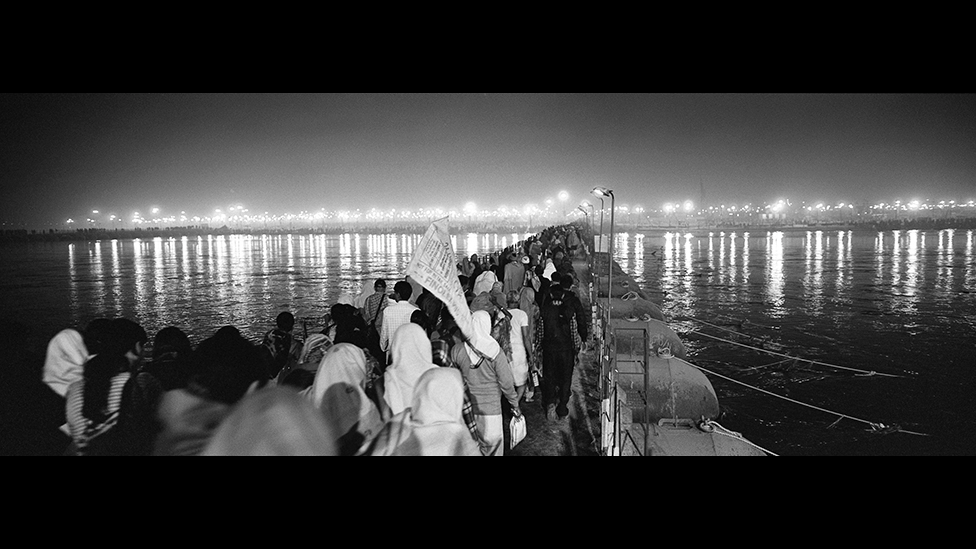
The "mega mela" takes place every 12 years at Sangam, the confluence of the Ganges, Yamuna and the mythical Saraswati rivers.
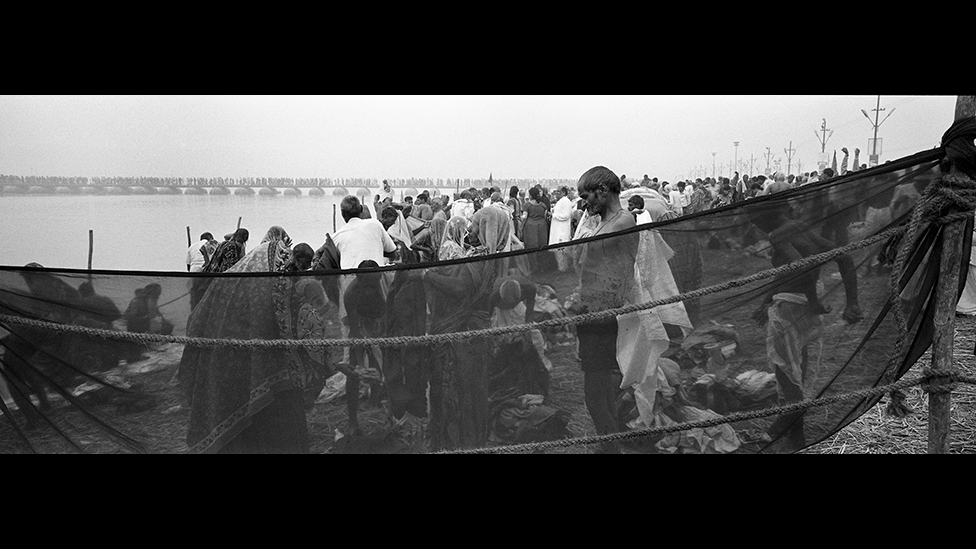
Hindus believe a dip at Sangam during the festival cleanses sins and helps bring salvation.

During the festival, tens of thousands of poor pilgrims lived under the open skies in cold weather at the sprawling festival grounds.
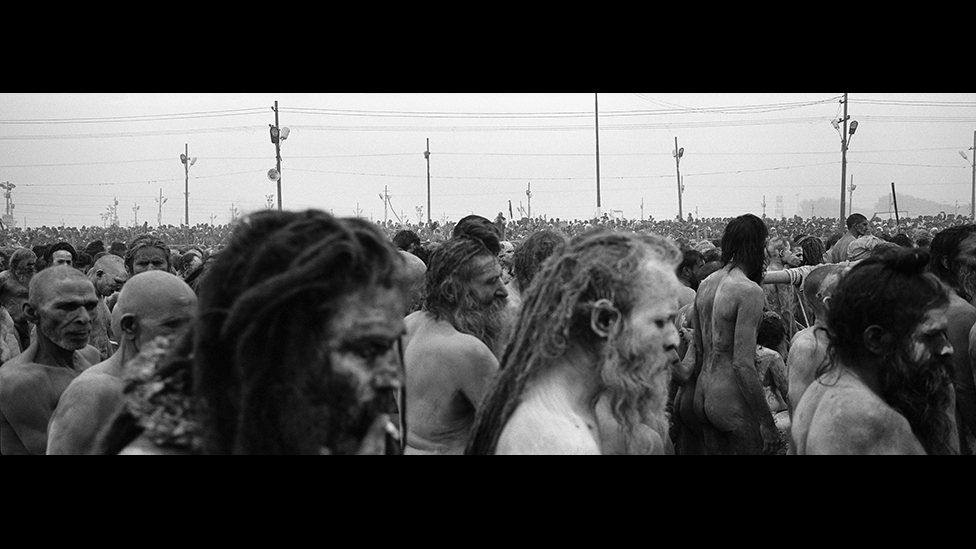
The sadhus (holy men), many of them naked, dreadlocked and smeared in ash, were a prominent feature of the festival.
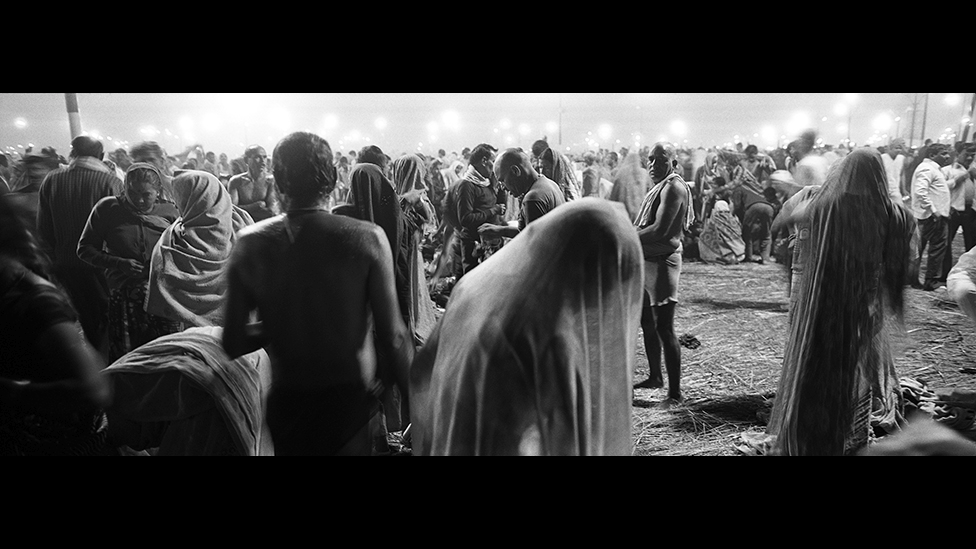
The Kumbh Mela has its origins in Hindu mythology. Many believe that when gods and demons fought over a pitcher of nectar, a few drops fell in the cities of Allahabad, Nasik, Ujjain and Haridwar - the four places where the Kumbh festival has been held for centuries.

Many of the pilgrims came from villages. Many were worldly people-turned-ascetics living spartan lives, spending their days in silent prayer.

More than 30,000 police officers provided security during the festival, when the mudflats of the delta were transformed into a tent city.
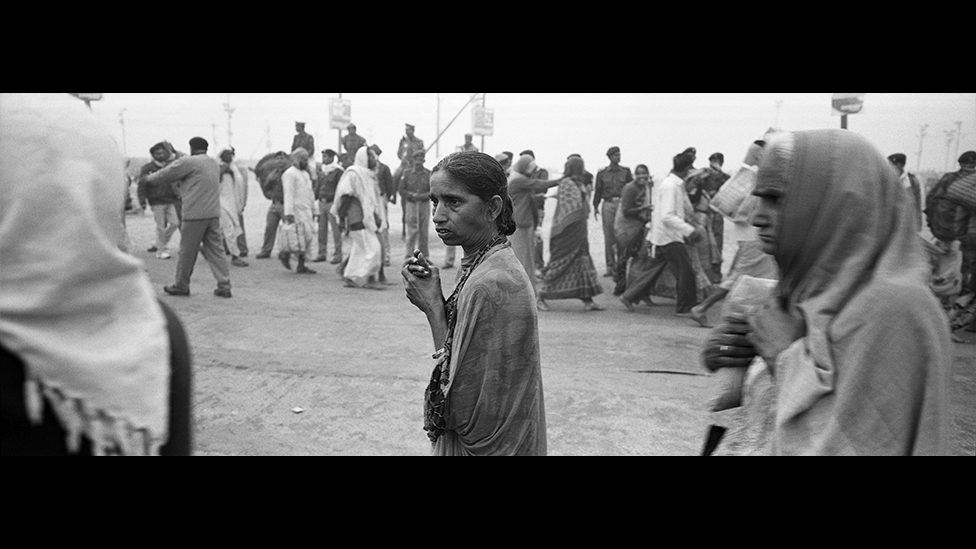
Large-scale arrangements were made for the festival. Some 243 doctors, 257 paramedics and 600 other medical staff were deployed to look after the health of the pilgrims.
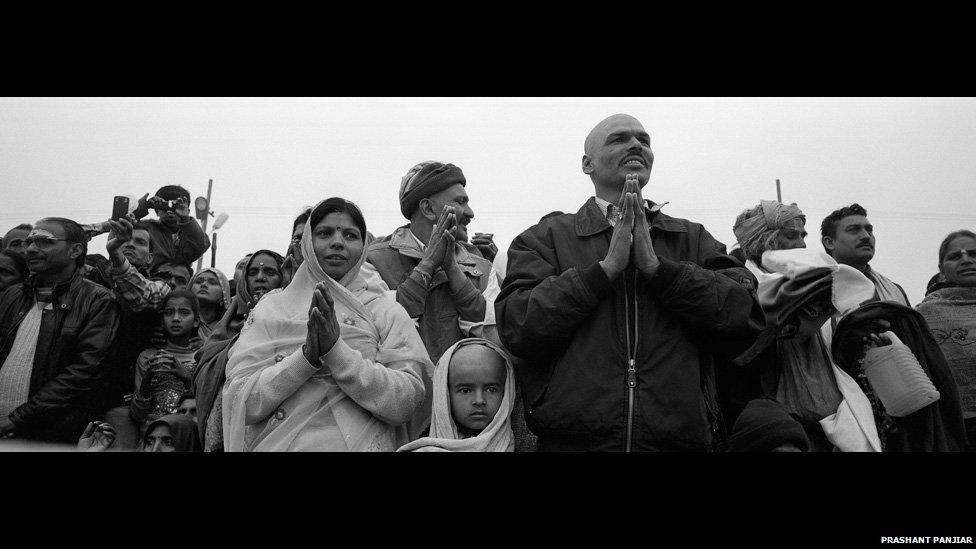
Recent research on "pilgrim experiences" by a group of academics from universities in India and the UK found that the Kumbh Mela experience improved their well being.